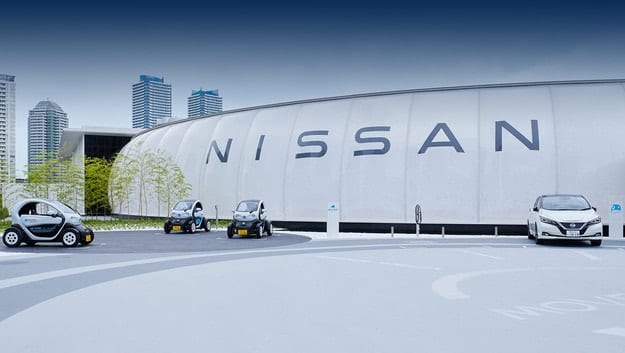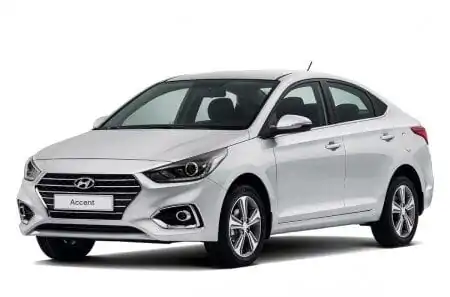
Nissan opens large pavilion in Yokohama
The Nissan Pavilion in Yokohama, which opened on August 1, welcomed visitors to the brand's world of innovative electric vehicles. Here in the parking lot, unusual things begin. Spectators who arrived in their own electric vehicles can pay for parking not with money, but with electricity, sharing part of the battery charge with the power grid. Of course, this is a kind of game presentation of the long-developed idea of a car to the network (V2G) and a car to the house (V2H). It shows in which direction the interaction of electric vehicles with local networks can develop.
The 10 square meter pavilion is powered by renewable energy sources including solar panels.
Visitors can “visit” the cockpit of a Formula E car or play tennis with Grand Slam champion and Nissan representative Naomi Osaka. On practice. Therefore, the Japanese are promoting the invisible-to-visible (I2V) system, which combines information from the real and virtual world to help drivers. It has not yet been implemented in production cars.
Nissan CEO Makoto Uchida said: “The Pavilion is a place where customers can see, feel and be inspired by our vision for the near future. As the world moves towards electric mobility, electric vehicles will be integrated into society in many ways that go beyond transportation. “What this means is shown in practice with V2G systems. And the transport itself is developing towards a combination of environmentally friendly means, as the transport center near the pavilion shows: bicycles and electric cars can be rented.
The Nissan Chaya cafe, which is part of the pavilion, does not depend on the regular network, but receives energy from solar panels and the Leaf hatchback.
The latest electric crossover, Ariya, in several copies, takes part in the exhibition, including offering a virtual tour of its design. The Aria Lyfa and the e-NV200 minivan turned into ice cream carts.
The latter can play the role of not only vehicles, but also intermediate energy storage systems thanks to the Nissan Energy Share and Nissan Energy Storage systems. Nissan also has contracts with local authorities to use electric vehicles as an emergency power source during natural disasters. The problem of disposal of old batteries has not been forgotten. We have already talked about the use of obsolete batteries in stationary rooms, for example, for the operation of street lamps (during the day they collect energy from solar cells, and use at night). Now Nissan is recalling similar projects again. The Nissan Pavilion will remain open until 23 October.

